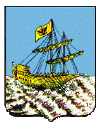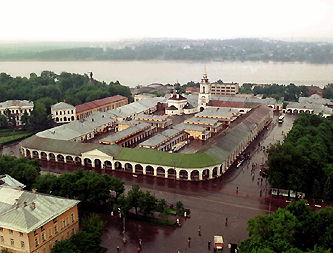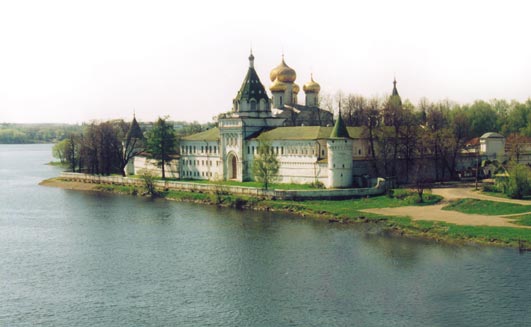
Our
city
![]()
Our
life is connected with Kostroma. Kostroma spreads on both sides of the
Volga River, the longest river in Europe. Kostroma is a very ancient city.
It was founded in 1152. Kostroma is included into the tourist route, called
"the Golden Ring", because it's enrich in many places of interests, architecture
masterpieces which admire tourists and impress them. Let's make our shot
tour of Kostroma and you'll make sure of it.
THE OSTROVSKI SUMMER HOUSE
On the bank of the Volga River there is the famous Ostrovsky summer house.
A.N.Ostrovsky is a Russian famous playwright, who was born in Kostroma.
Heroes of Ostrovsky's dramas as "Groza" and "Bespridannitsa" committed
suicides. They sank in the deep waters of the Volga River. The Ostrovsky
summer house reminds us of the famous playwright, whose performances staged in the Ostrovsky
theatre in Kostroma. From the Ostrovsky summer house you
can enjoy magnificent and beautiful scenery of the sunset and sundown
over the Volga. If you were in Kostroma you would be really impressed
with it.

